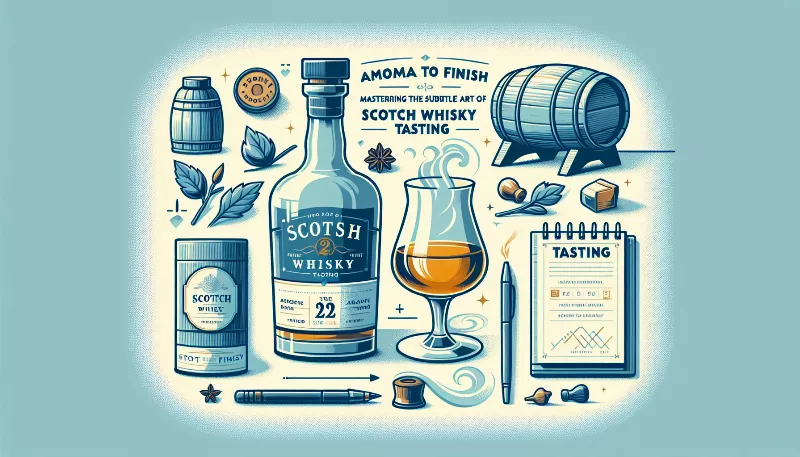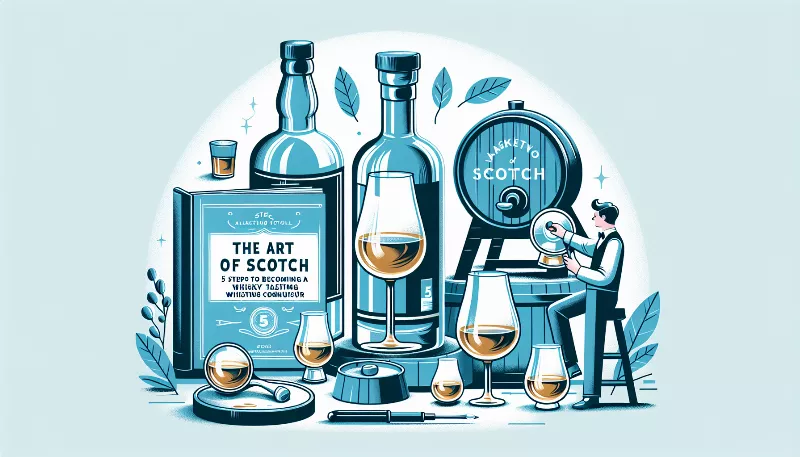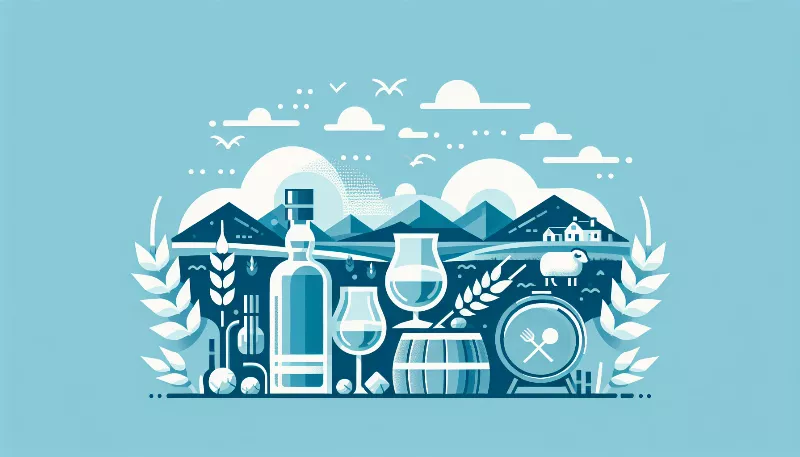Peat, Barley, and Oak: Unveiling the Secrets of Scotch Production
Discover the art of Scotch making! Dive into the roles of peat, barley, & oak in crafting the finest whiskies. Unlock the mysteries of distillation now.

Embarking on a Flavorful Journey: The Essence of Scotch
Imagine yourself in the rolling hills of Scotland, where the air is filled with the rich aromas of earth, grain, and wood. This is the birthplace of Scotch, a spirit that captures the very essence of its homeland. Scotch whisky, often simply known as Scotch, is a symphony of flavors and traditions, a testament to the craftsmanship passed down through generations. Let's dive into the heart of Scotch production and uncover the secrets that make this beverage not just a drink, but an experience.
The Golden Grain: Barley's Role in Scotch
At the core of every bottle of Scotch lies barley, the golden grain that starts it all. Barley is the canvas upon which the masterpiece of Scotch is painted. It is carefully selected and malted, a process where the grain is soaked in water and allowed to germinate. This crucial step unlocks the enzymes necessary for converting starches into fermentable sugars. The malted barley is then dried, often over peat fires, which imparts a distinctive smoky flavor—a signature of many Scotch whiskies.
Peat's Smoky Whisper: The Enigmatic Influence on Flavor
Peat, the decayed vegetation harvested from the bogs of Scotland, is the soul of Scotch. When used in the malting process, peat lends a mysterious whisper of smoke that weaves through the whisky, creating a tapestry of taste that ranges from a gentle wisp to a roaring bonfire. The amount of peat used and the length of exposure can drastically alter the profile of the final product, allowing distillers to craft a unique fingerprint of flavor that distinguishes their Scotch from all others.
The Alchemy of Fermentation and Distillation
With the barley malted and the stage set by peat, the next act in Scotch production is fermentation. The sugars in the malt are feasted upon by yeast, producing alcohol and a bouquet of flavors. This 'wash' is then distilled, often twice, in copper pot stills that purify the spirit and concentrate its essence. The shape of the stills, the skill of the distiller, and the cut of the spirit—all play pivotal roles in defining the character of the Scotch.
Maturation Magic: The Transformative Power of Oak
Scotch's journey is far from over after distillation. The clear spirit is laid to rest in oak casks, where it will slumber and mature, often for many years. Oak is not just a vessel; it is an active participant in the maturation process. The wood breathes, interacts, and imparts complex flavors ranging from vanilla and caramel to fruit and spice. The choice of cask—be it American bourbon barrels, Spanish sherry butts, or new oak—is another layer in the intricate crafting of Scotch. Over time, the harshness of the new spirit mellows, and the flavors meld harmoniously, resulting in a whisky that is greater than the sum of its parts.
The Art of Blending: Crafting Consistency and Complexity
While single malts are the pure expression of a single distillery's craft, blended Scotch whiskies are the artful combination of different single malts and grain whiskies. Master blenders are the composers of this liquid orchestra, balancing the individual notes to create a consistent and complex final product. Each blend is a carefully guarded secret, a recipe refined over time to achieve a signature style that connoisseurs can recognize and savor.
In Conclusion: A Toast to Tradition and Innovation
Scotch production is a dance of tradition and innovation, a balance of nature's gifts and human artistry. From the selection of barley to the final blend, each step is a chapter in the story of Scotch. As we raise our glasses, we're not just enjoying a drink; we're partaking in a legacy that has been nurtured through the ages. So here's to peat, barley, and oak—the trinity that unlocks the secrets of Scotch and offers us a world of flavors to explore and cherish.










